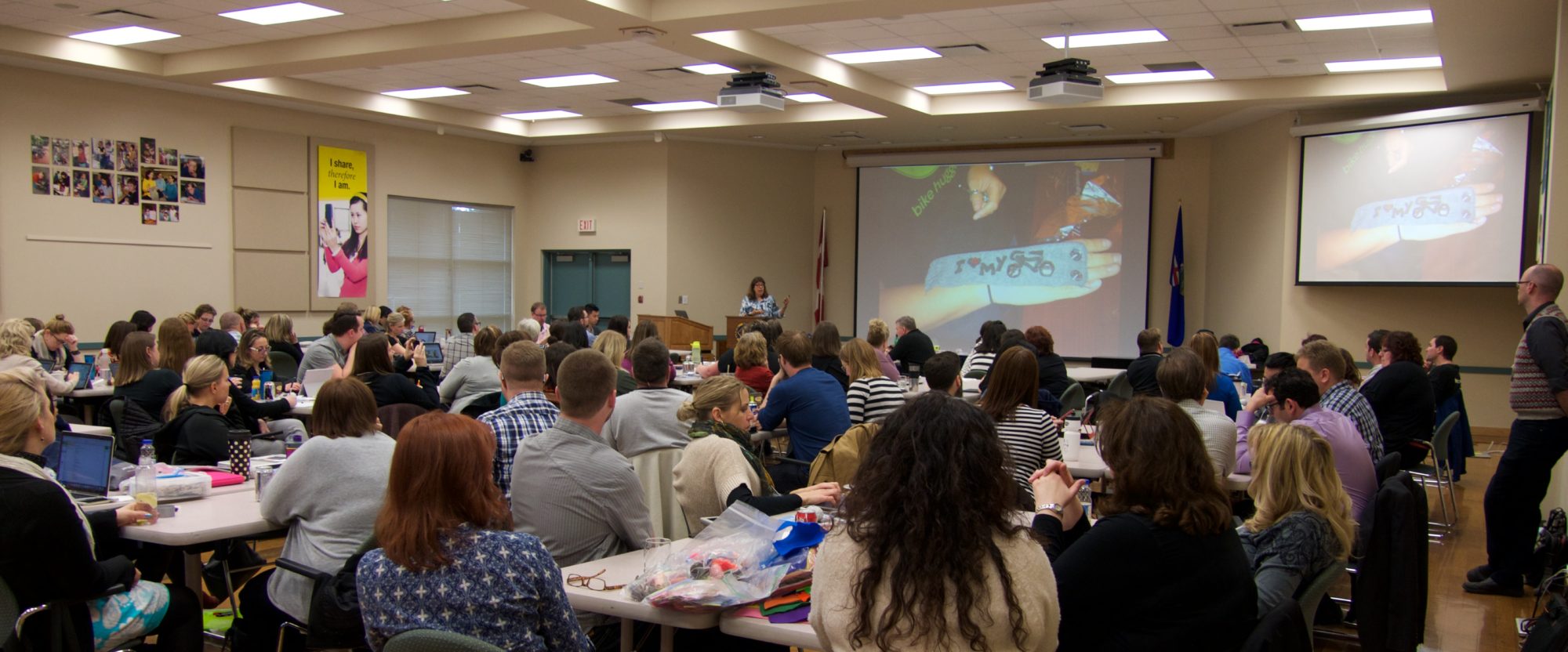Everyone agrees that school bullying is a problem that should be dealt with, but there is little agreement on how exactly to do it. (Or even if it’s actually happening, see yesterday’s post Survey reveals disconnect in online safety education.) With the advent of new forms of digital agression, schools are having to figure out ways to add those to their prevention programs, even when it’s not always clear what the law is or what societal norms are.
Most people who work in or with schools agree that schools do not change quickly, and adding a few “lessons” on cyberbullying will often have no impact. Many schools won’t even get around to doing anything until a crisis occurs. No matter how much everyone agrees that addressing behavior and citizenship is a whole-school, full-time concern, it gets short shrift on the long to-do list of what school is supposed to provide.
In fact, cyberbullying should not be addressed as a separate issue, it should be integrated with a whole-school, perhaps whole-community approach to bullying and citizenship.
In that light, I found this policy and practice brief, Embedding Bullying Interventions into a Comprehensive System of Student and Learning Supports (PDF) to be very enlightening. It speaks to all these points, and more.
In it, the researchers argue for a move from the traditional view of bullying prevention as an add-on to the school mission, but to address it as a fully integrated component of providing a fully functioning learning environment. They make the case for addressing barriers to learning not as a separate set of programs (such as traditional “bullying prevention”) but as a fully recognized component of the learning mission of the school.
“The time has come to move away from stand-alone programs for addressing problems such as bullying and other specific types of problems manifested by students. Such programs add to the marginalized, fragmented, and piecemeal approach to student and learning supports that has dominated schools for far too long. Rather than pursuing one more discrete program focused on a specific concern, it is essential to use each concern that rises to a high policy level as an opportunity to catalyze and leverage systemic change. The aim should be to take another step toward transforming how schools go about ensuring that all students have an equal opportunity to succeed at school. To this end, it is time to develop a comprehensive system of interventions for addressing the full range of barriers to learning and teaching and for re-engaging disconnected students. Such a system is needed to coalesce an intervention continuum ranging from programs for primary prevention (including the promotion of mental health) and early-age intervention — through those for addressing problems soon after onset – on to treatments for severe and chronic problems.
Addressing barriers to learning and teaching and reengaging disconnected students is a school improvement imperative. Developing and implementing a comprehensive, multifaceted, and cohesive system of student and learning supports is the next evolutionary stage in meeting this imperative. It is the missing component in efforts to close the achievement gap, enhance school safety, reduce dropout rates, shut down the pipeline from schools to prisons, and promote well-being and social justice.
The time has come to move away from stand-alone programs for addressing problems such as bullying and other specific types of problems manifested by students. Such programs add to the marginalized, fragmented, and piecemeal approach to student and learning supports that has dominated schools for far too long. Rather than pursuing one more discrete program focused on a specific concern, it is essential to use each concern that rises to a high policy level as an opportunity to catalyze and leverage systemic change. The aim should be to take another step toward transforming how schools go about ensuring that all students have an equal opportunity to succeed at school. To this end, it is time to develop a comprehensive system of interventions for addressing the full range of barriers to learning and teaching and for re-engaging disconnected students. Such a system is needed to coalesce an intervention continuum ranging from programs for primary prevention (including the promotion of mental health) and early-age intervention — through those for addressing problems soon after onset – on to treatments for severe and chronic problems.
Addressing barriers to learning and teaching and reengaging disconnected students is a school improvement imperative. Developing and implementing a comprehensive, multifaceted, and cohesive system of student and learning supports is the next evolutionary stage in meeting this imperative. It is the missing component in efforts to close the achievement gap, enhance school safety, reduce dropout rates, shut down the pipeline from schools to prisons, and promote well-being and social justice.”
Conclusion from Embedding Bullying Interventions into a Comprehensive System of Student and Learning Supports (PDF) from the Center for Mental Health in Schools at UCLA
Sylvia


 A back to school thought… when you are planning for technology, do you know what your stakeholders think, want, and need? It’s difficult to reach out to everyone, to include the parents who don’t come to meetings, students, and administrators who might not want to speak up.
A back to school thought… when you are planning for technology, do you know what your stakeholders think, want, and need? It’s difficult to reach out to everyone, to include the parents who don’t come to meetings, students, and administrators who might not want to speak up.